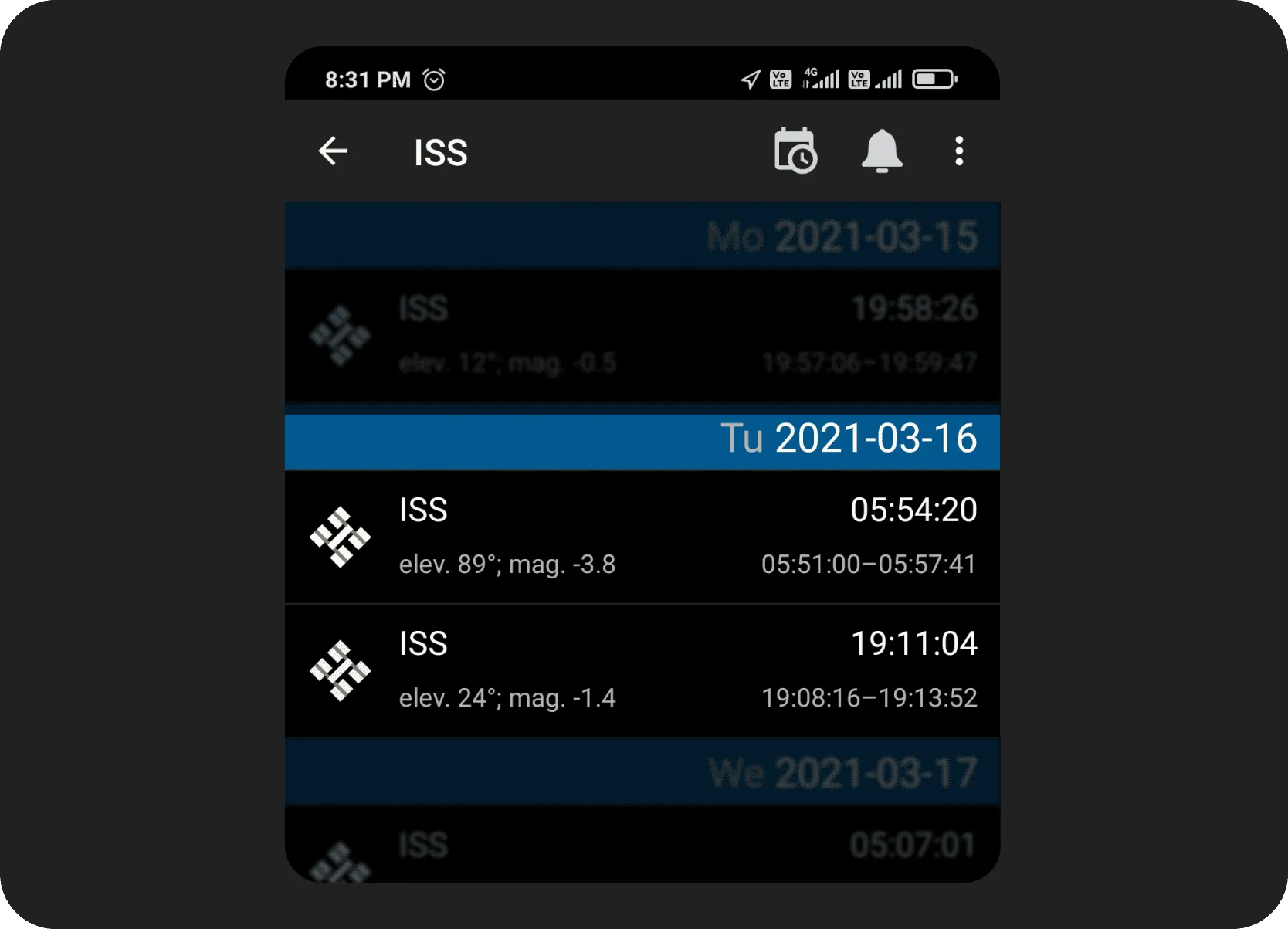From Code to Kinetic Chaos (Controlled, of Course!)
Tangible Tech Magic
/
Always Brewing
Welcome to my creative Playground - a space where curiosity takes the lead! Here, you'll discover a diverse collection of my personal explorations and side projects. From diving into coding experiments and tinkering with electronics to crafting creative tech solutions, hands-on creations, and pursuing my other passions, this page offers a glimpse into the fun and learning that happens outside my main portfolio. Get ready to see ideas come to life, one experiment at a time!
My Role
Byte & Atom Alchemist
The Team
The Usual Suspects
Timeline
From Idea Spark to Launchpad
Slingshot v7: Testing the Waters of Embedded ML/AI
Building on my master's thesis work, Slingshot v7 is my current ML/AI learning project (upgraded from v6). It prioritizes small size and low power, now using Seeed Studio XIAO BLE nRF52840 Sense (integrated mic, IMU LSM6D3), achieving 6 days low-power always-on accelerometer and 5+ hours marathon use with a 120mAh lipo (30x25x7mm). The device now includes an upgraded, washable strap with Velcro, designed for comfortable and secure wear on various hand and shank dimensions.Version 6 used standard XIAO BLE nRF52840 and ADXL345. Earlier explorations involved various MPUs, IMUs, Bluetooth modules, and chargers/boosters for PoC. As a research prototype (no custom PCB), it leverages small DIY modules. The Slingshot web app (PWA) enables offline gait data recording (BLE devices, online sync). Short-term goals: gait analytics and display (app demo available, work in progress).
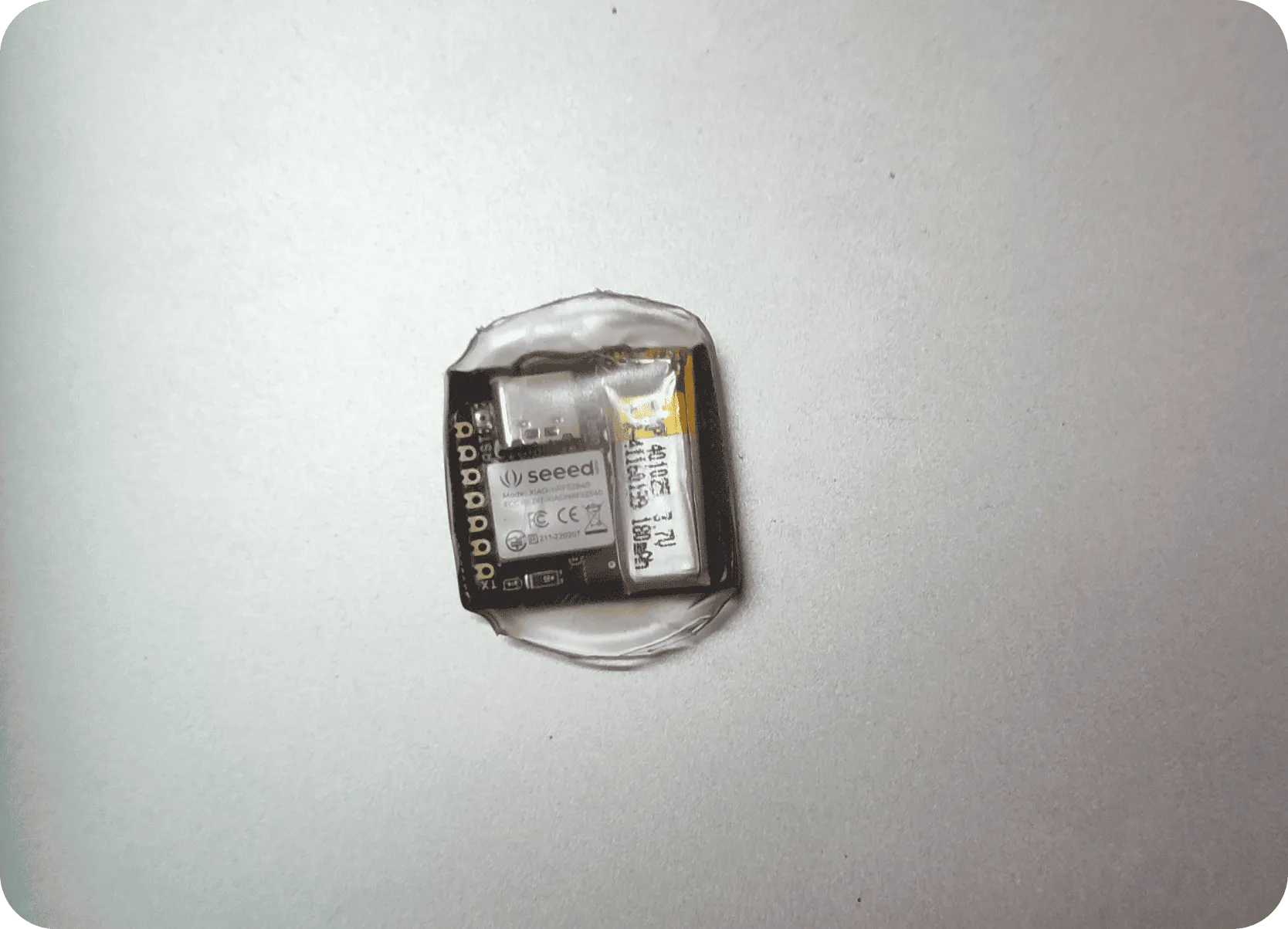
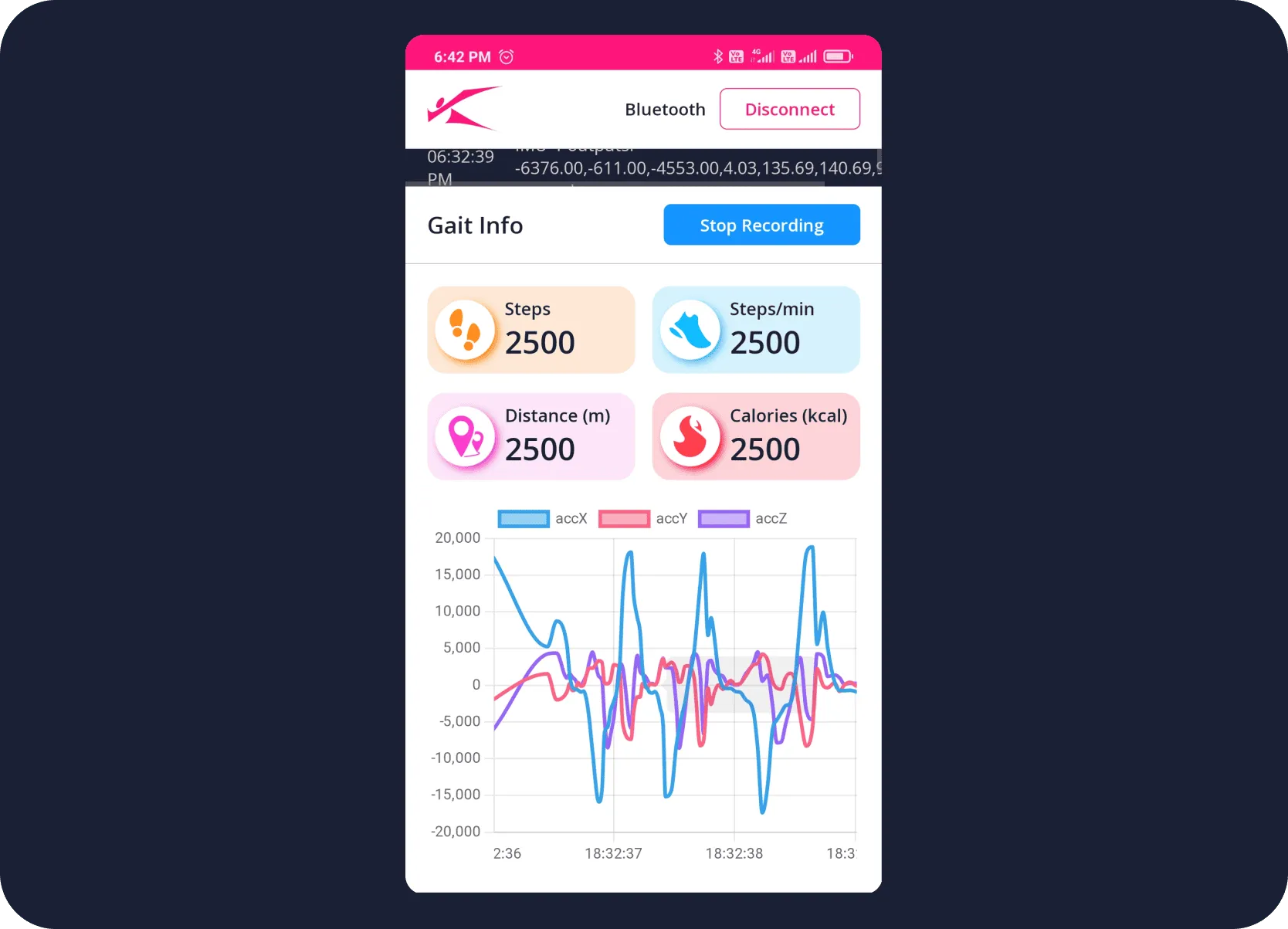
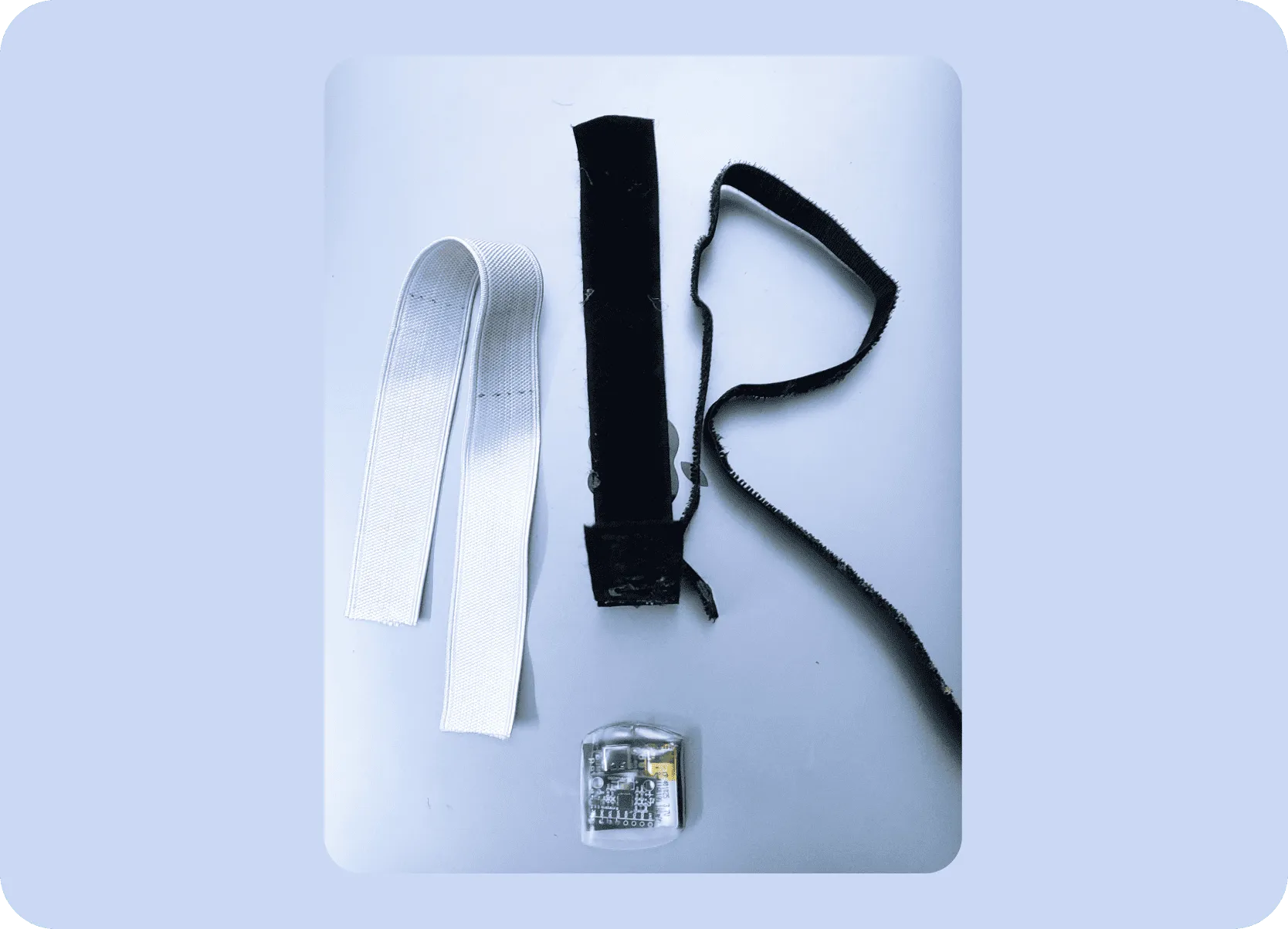
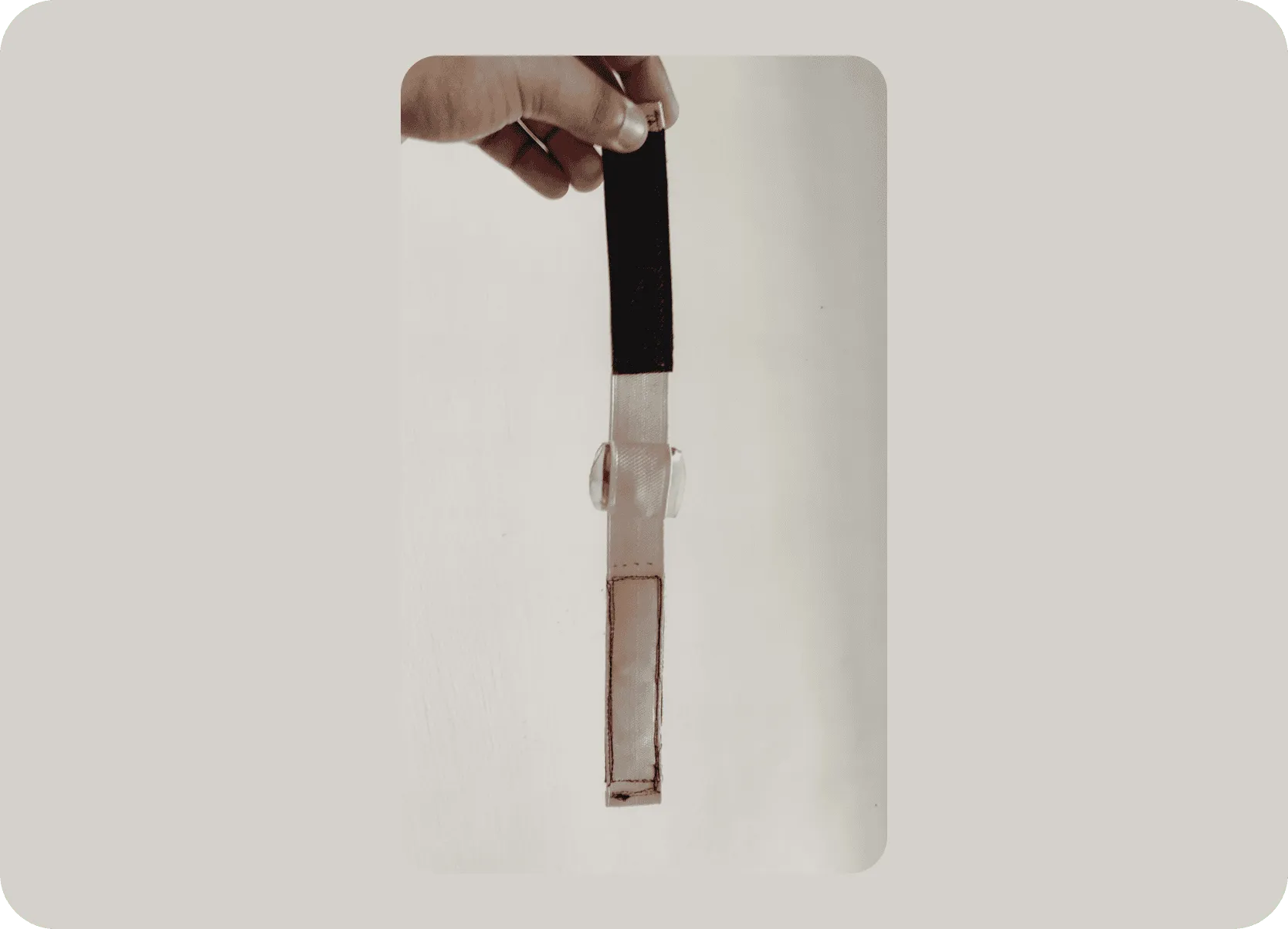
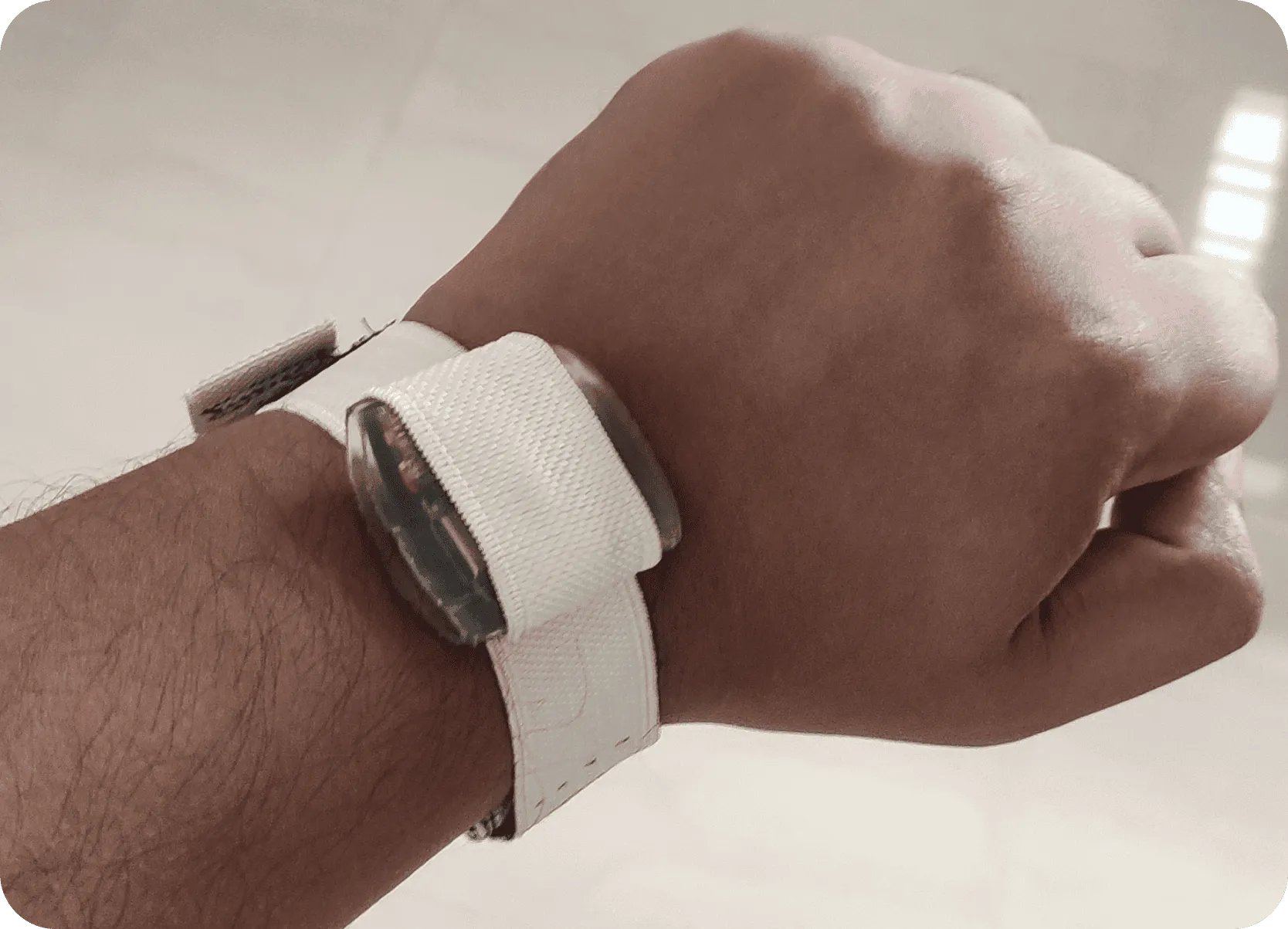
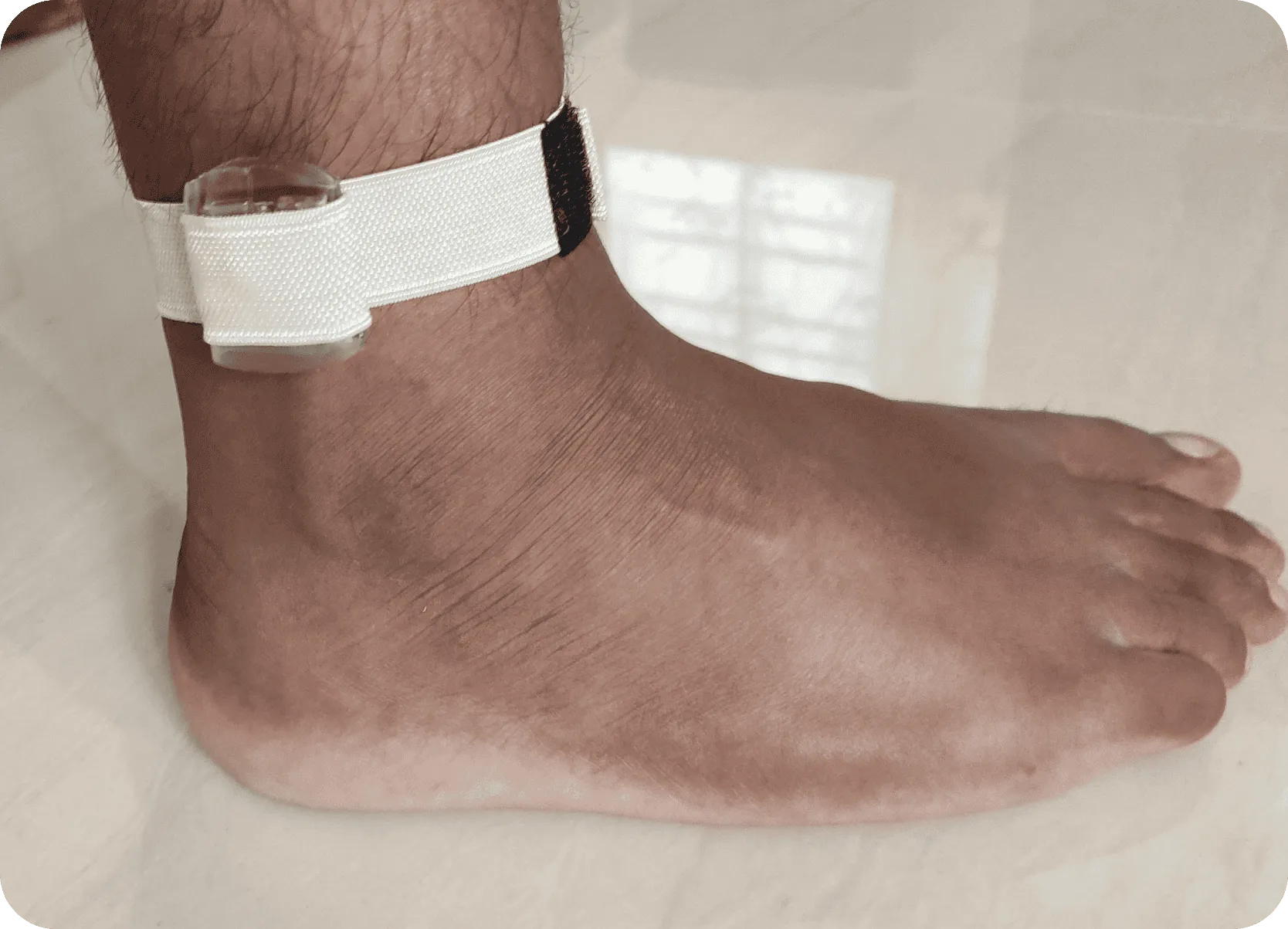
Moonrise and Moonset: A Year-Long Observation
Intrigued by the shifting Moonrise and Moonset, I began tracking its positions in 2021. My method involved photographing rises and sets and using the Heavens Above app for live data. By March 2022, I had compiled a year's worth of images, capturing more Moonrises during daylight hours but missing cloudy nights. The Moon's orbital tilt (5.1°) combined with Earth's axial tilt (23.5°) explains the significant 28.6° north/south variation in rise/set points, which is more rapidly apparent than the Sun's due to the Moon's faster orbit (28.5 days). The ~50-minute daily delay in Moonrise, along with these positional changes relative to the Sun, causes its phases. My Kerala-based photos showed over 30° deviation, likely influenced by my latitude.
Evolving Balance: From Novice Build to Portable Platform
My ongoing Balancing Robot project, inspired by Control Systems and the Inverted Pendulum, has evolved through iterations. The 2015 v1, a low-cost novice build, used a custom PCB (with father's guidance) for Arduino UNO, toy motors, MPU6050, L293D, 74HC595N, and IR remote control. The 2019 v2 targeted portability and efficiency with Bluetooth OTA, live data streaming/control, TB6612FNG, N20 motors with encoders, and Arduino Micro.
The Ascent of the Upcycled Arrow
Driven by "Backyard Ballistics," I embarked on a 2015 project to build rockets capable of exceeding 1800 feet, exploring the inexpensive science of Candy/Sugar Rockets (informed by "Easy PVC Rockets"). I aimed for a D-26 equivalent motor for safe city launches. My fuel used sugar and potassium nitrate (dissolving/heating for better results), with potential burn rate modifiers. Resourcefully, I constructed the rocket and motor from an old notebook cover and paper launch lugs, with a repurposed aluminum cloth hanger as a launch rod - costing under ₹20. Despite a significant learning curve (80+ fuel and 10+ launch failures), I achieved two successful flights. My ongoing goal is to stabilize the rocket's ascent.
Beating the CoWIN Rush: My Personalized Vaccine Slot Bot
In 2021, the intense demand for COVID-19 vaccination in India made booking CoWIN slots a frustrating race. Existing notification services (Paytm, Airtel, Telegram) proved inadequate due to slow alerts, irrelevant information, and a lack of personalized focus. To solve this for my family in Kerala, I leveraged my skills to create a custom Telegram bot using CoWIN APIs and an ESP-32. This bot specifically monitored availability in my location, delivering human-readable notifications prioritized by: 1) Vaccine type and age group (crucial for compatibility), 2) Hospital name and location, 3) Available 1st and 2nd dose counts, and 4) Slot time and date (noting pre-booking trends). This prioritized information flow allowed for quick scanning and timely action, ultimately enabling me to secure successful vaccine appointments for my family amidst the high demand.
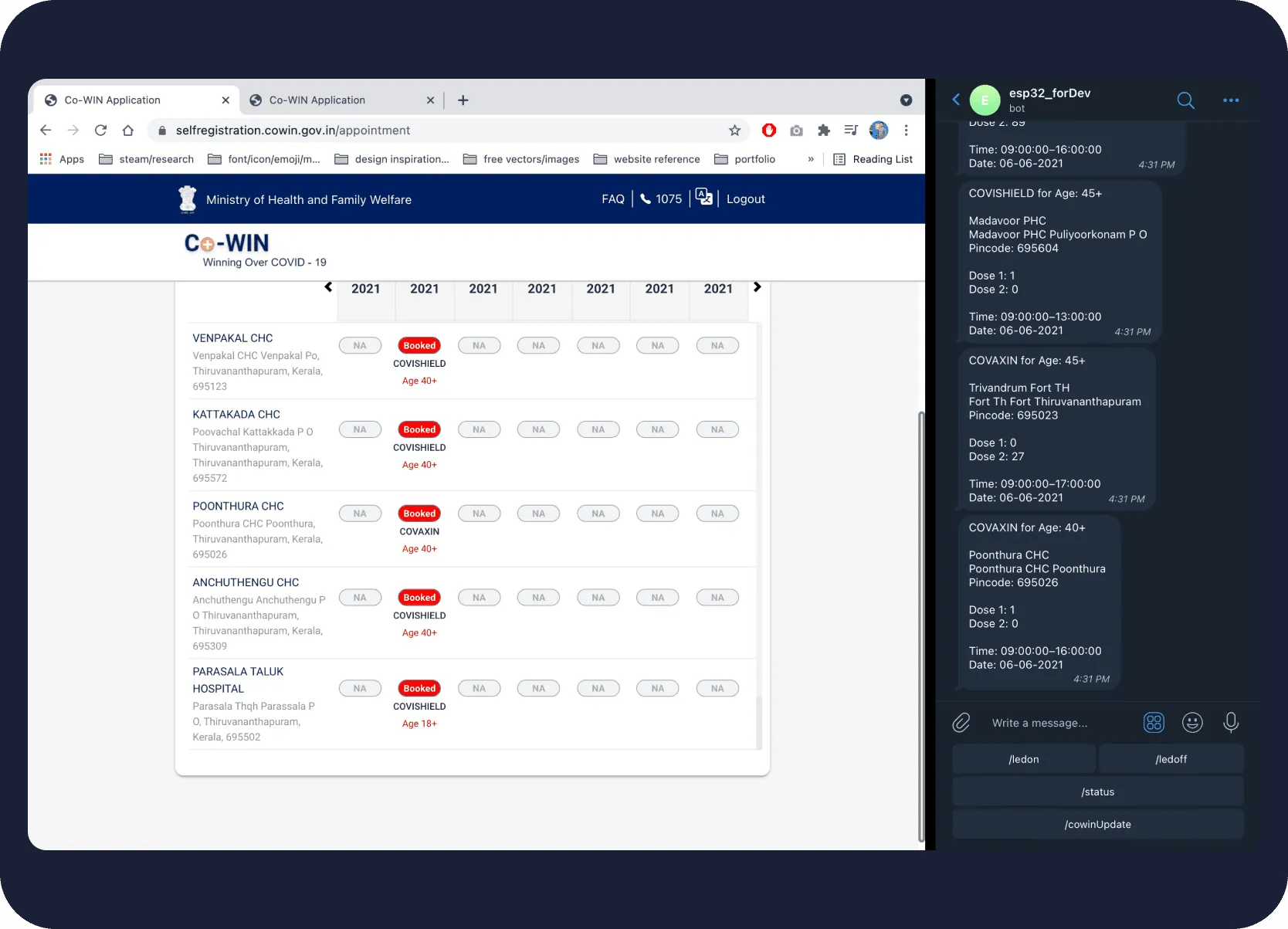
The Evolving LED Cube: From Basic Control to IoT
My fascination with LEDs and a desire to learn LED multiplexing (Charlieplexing 4x4x4) led to this ongoing project, which also involved building custom animation software. The initial 2015 version (Arduino Uno) displayed 17 animations across two controllers. The 2016 iteration (Arduino Pro Mini) introduced a protective acrylic case, USB power with phone charging, multi-colored LED layers (red, green, white, blue), IR remote control for my top 11 animations, and code update capability. Expanding on the first version, the 2017 release integrated IoT via an ESP-01 and Arduino Uno, enabling Wi-Fi control of the v2 animations through a web interface.
The No-Store Christmas Tree: An LED Experiment
My 2020 Christmas Tree project, an advancement and simplified approach compared to my 4x4x4 LED matrix cube, was born from my parents' "no store-bought" challenge. Embracing reuse, I created an abstract representation using addressable WS2812B RGB LEDs. The tree's base is cut black 2mm acrylic, with recycled empty plastic pen refills as branches supporting cone-shaped LED/copper wire structures completed by paper straws. Featuring four animations and an 8-bit "Jingle Bells," it received 80+ WhatsApp appreciations and preceded my handmade crib, as shown in the clip, where the tree accompanies its crib.
Witnessing the Unusual: Two ISS Passes in 24 Hours
My fascination with space has extended to actively tracking the International Space Station (ISS) since my bachelor's days. A particularly memorable highlight was in 2021 when I was fortunate enough to witness the ISS pass overhead twice in one day: once in the morning directly over my home and again in the evening near the museum. Using the Heavens Above app - my go-to tool for tracking the ISS, satellites, planets, and constellations - I understand the orbital mechanics that make such double sightings, especially those relatively close in time but over slightly different locations, a rare occurrence from a general vicinity due to the ISS's orbit and our planet's rotation. The videos and app screenshot capture these special moments.
